标签:tail 重写 RKE url status dev stream default http
Nginx入门教程-简介、安装、反向代理、负载均衡、动静分离使用实例:
https://blog.csdn.net/BADAO_LIUMANG_QIZHI/article/details/103101304
前端是用Vue做的项目,后端是SpringBoot,怎样将前后端项目部署在Windows服务器上并使用Nginx进行代理。
Nginx下载地址
http://nginx.org/en/download.html
这里点击相应版本的Windows版本

下载之后是一个压缩包,将其解压到服务器上的某个目录
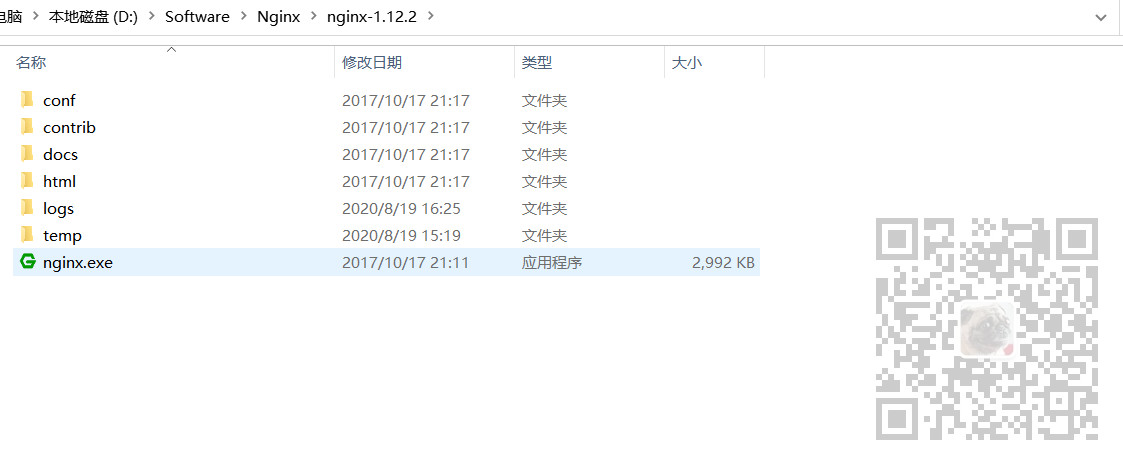
进入到上面解压的conf目录下,编辑Nginx的配置文件nginx.conf

找到server节点
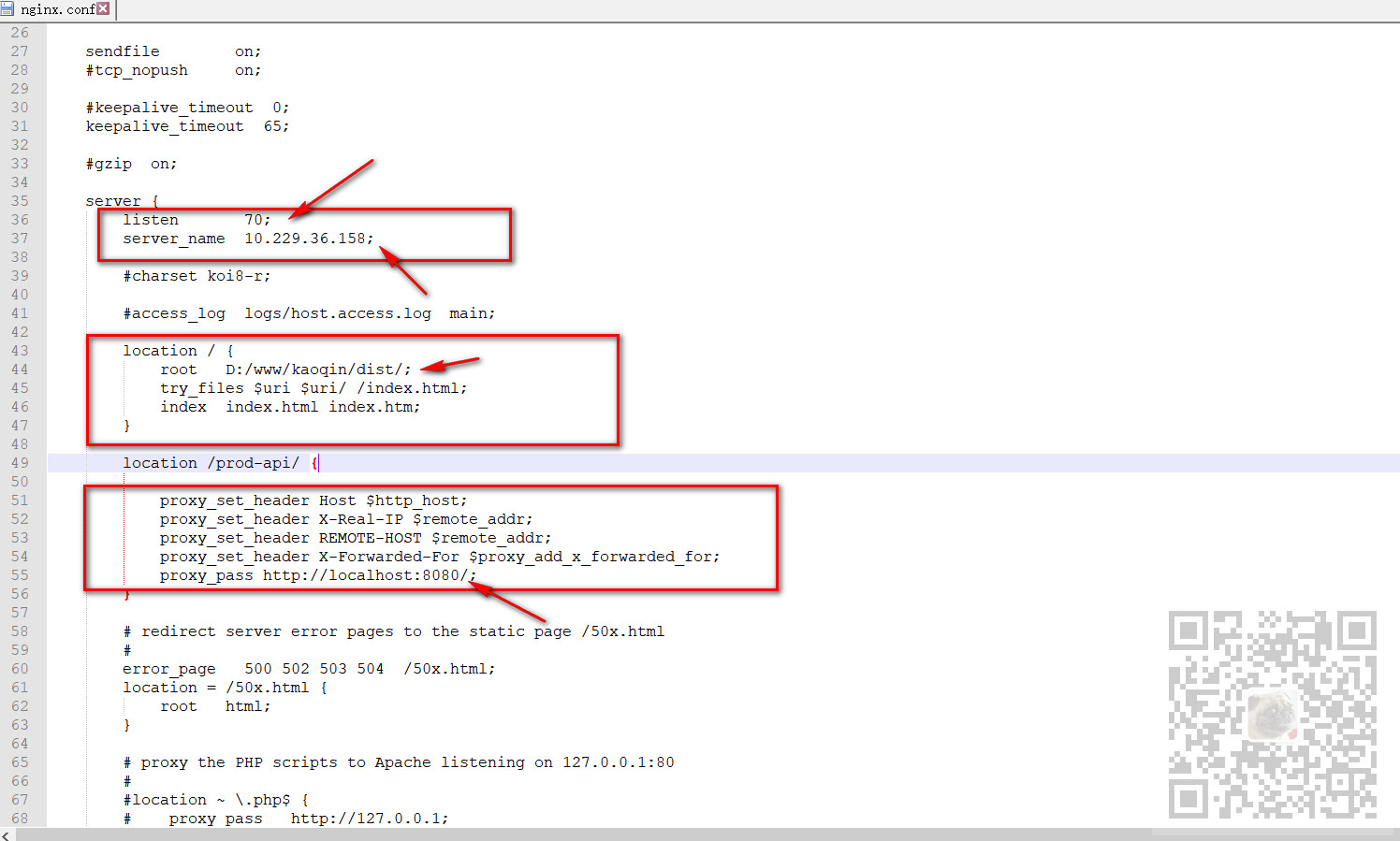
首先这里的listen下的端口就是代理前的接口,要与前面前端项目的vue.config.js中的端口一致。
server { listen 70; server_name 10.229.36.158;
然后下面的server_name是你服务器的ip,这里即使是使用的本地也建议不要用localhost,避免修改hosts文件导致的问题。
所以这里就直接设置你要部署项目的服务器的ip。
然后下面的location /下面配置的就是代理前前端静态资源的路径等。
root 对应的就是在服务器上前端资源的dist目录的全路径,即代表根路径。
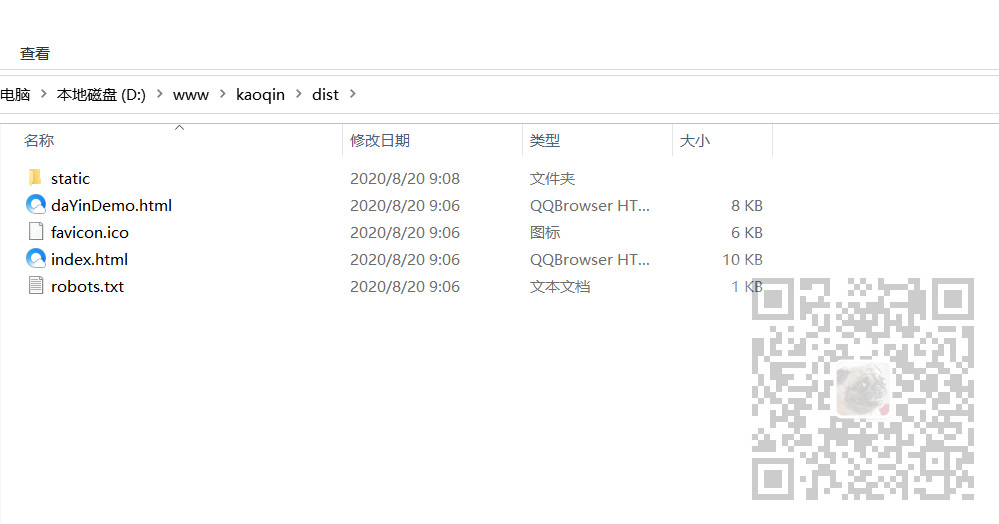
下面的两个配置保持默认不要更改,配置的是防止404和入口页面。
location / { root D:/www/kaoqin/dist/; try_files $uri $uri/ /index.html; index index.html index.htm; }
然后再下面的location /prod-api/ 就是配置的代理后的地址。
location /prod-api/ { proxy_set_header Host $http_host; proxy_set_header X-Real-IP $remote_addr; proxy_set_header REMOTE-HOST $remote_addr; proxy_set_header X-Forwarded-For $proxy_add_x_forwarded_for; proxy_pass http://localhost:8080/; }
这里的 /prod-api/就是跟前面前端项目设置代理的路径重写一致。
下面的一些是设置请求头等,防止出现跨域问题。
然后最下面的proxy_pass就是设置的代理后的地址,即你的服务器上后台接口的url。
通过上面两个配置就能实现在服务器上所有的请求
只要是通过
http://10.229.36.158/70/dev-api/
发送过来的请求全部会被代理到
下。这样就能实现前后端项目的请求代理。
完整conf代码
#user nobody; worker_processes 1; #error_log logs/error.log; #error_log logs/error.log notice; #error_log logs/error.log info; #pid logs/nginx.pid; events { worker_connections 1024; } http { include mime.types; default_type application/octet-stream; #log_format main ‘$remote_addr - $remote_user [$time_local] "$request" ‘ # ‘$status $body_bytes_sent "$http_referer" ‘ # ‘"$http_user_agent" "$http_x_forwarded_for"‘; #access_log logs/access.log main; sendfile on; #tcp_nopush on; #keepalive_timeout 0; keepalive_timeout 65; #gzip on; server { listen 70; server_name 10.229.36.158; #charset koi8-r; #access_log logs/host.access.log main; location / { root D:/www/kaoqin/dist/; try_files $uri $uri/ /index.html; index index.html index.htm; } location /prod-api/ { proxy_set_header Host $http_host; proxy_set_header X-Real-IP $remote_addr; proxy_set_header REMOTE-HOST $remote_addr; proxy_set_header X-Forwarded-For $proxy_add_x_forwarded_for; proxy_pass http://localhost:8080/; } # redirect server error pages to the static page /50x.html # error_page 500 502 503 504 /50x.html; location = /50x.html { root html; } # proxy the PHP scripts to Apache listening on 127.0.0.1:80 # #location ~ \.php$ { # proxy_pass http://127.0.0.1; #} # pass the PHP scripts to FastCGI server listening on 127.0.0.1:9000 # #location ~ \.php$ { # root html; # fastcgi_pass 127.0.0.1:9000; # fastcgi_index index.php; # fastcgi_param SCRIPT_FILENAME /scripts$fastcgi_script_name; # include fastcgi_params; #} # deny access to .htaccess files, if Apache‘s document root # concurs with nginx‘s one # #location ~ /\.ht { # deny all; #} } # another virtual host using mix of IP-, name-, and port-based configuration # #server { # listen 8000; # listen somename:8080; # server_name somename alias another.alias; # location / { # root html; # index index.html index.htm; # } #} # HTTPS server # #server { # listen 443 ssl; # server_name localhost; # ssl_certificate cert.pem; # ssl_certificate_key cert.key; # ssl_session_cache shared:SSL:1m; # ssl_session_timeout 5m; # ssl_ciphers HIGH:!aNULL:!MD5; # ssl_prefer_server_ciphers on; # location / { # root html; # index index.html index.htm; # } #} }
来到上面Nginx解压之后的目录下(服务器上)即含有nginx.exe的目录下,在此处打开命令行
start nginx.exe
启动nginx
如果对nginx的配置文件进行修改的话
nginx -s reload
如果没配置环境变量或者提示不行的话前面使用nginx.exe的全路径。
正常停止或关闭Nginx:
nginx -s quit
启动Nginx成功后打开浏览器验证,输入
如果能出现页面,即对应的前端静态资源的index.html的页面,并且能显示验证码,验证码是通过代理后的
后台接口获取。那么就是代理成功,记住不要关闭此nginx的命令行。

如果访问服务器上的地址不成功后检查70端口是否开放
控制面板-防火墙-高级设置
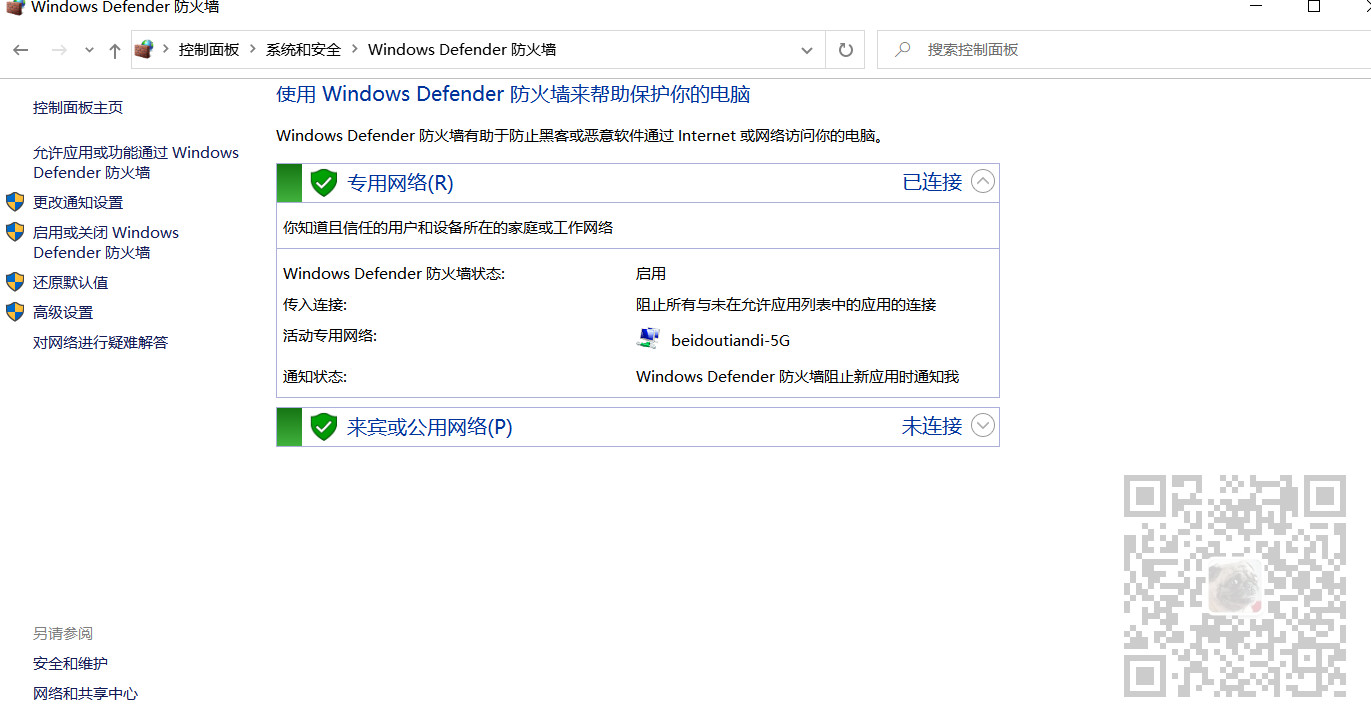
入站规则-新建规则-端口,添加70

点击下一步
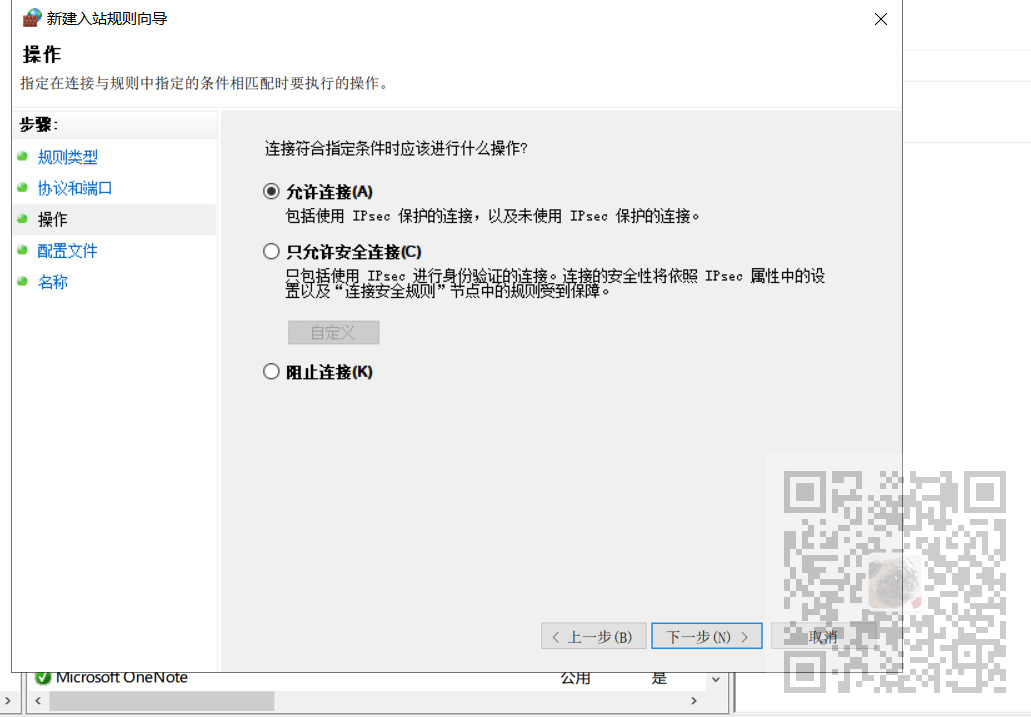
选择允许连接
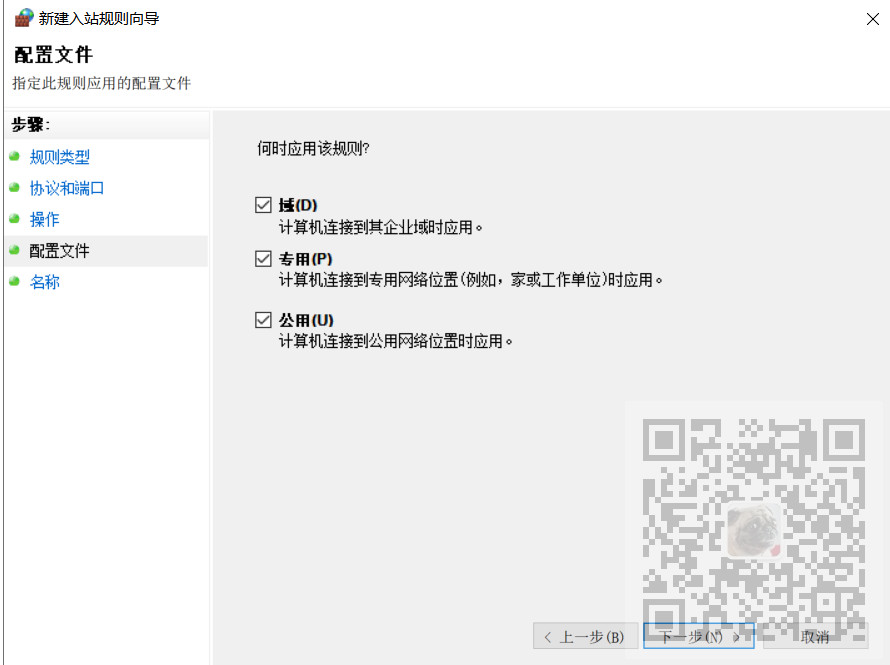
配置连接域点击下一步

设置名称点击保存。
标签:tail 重写 RKE url status dev stream default http
原文地址:https://www.cnblogs.com/badaoliumangqizhi/p/13534625.html